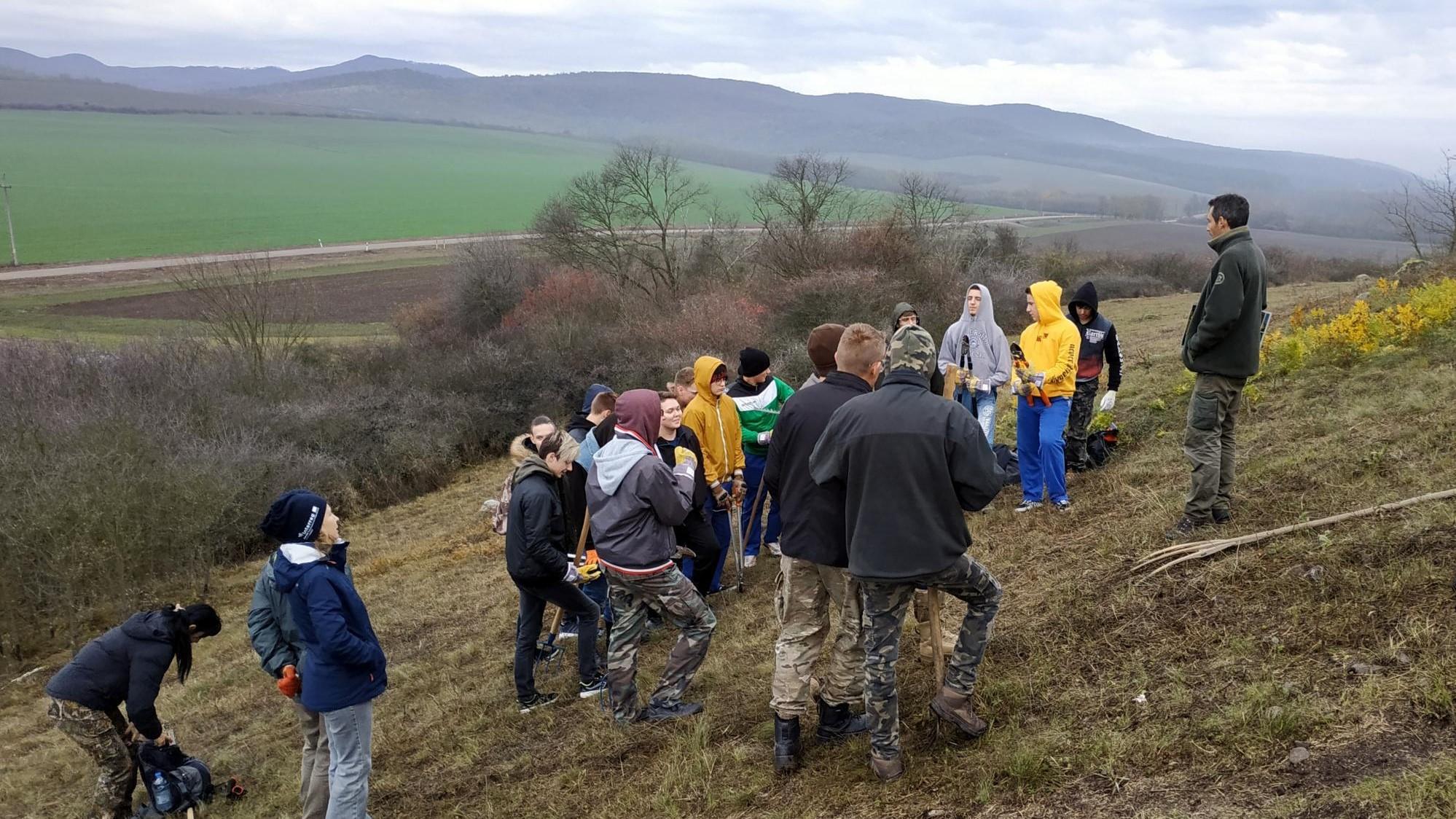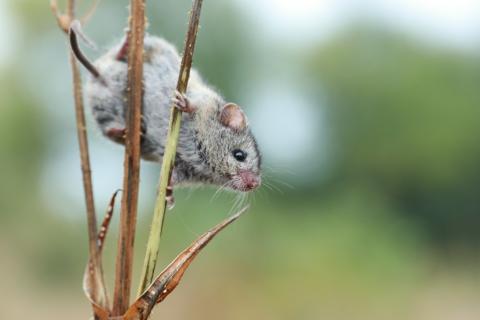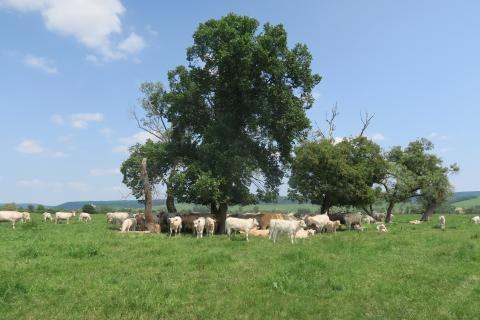GRASSLAND-HU LIFE IP reaches halfway point – Bükk National Park Directorate

The 8-year-long GRASSLAND-HU LIFE integrated project has successfully reached its halfway point!
The aim of the project is to improve the conservation status of grassland habitats and species, in order to ensure their long-term conservation. The first period of the project focusing on preparatory works were done, while the second period aims to put project tasks into action. Reaching the halfway point, we would like to report the results and achievements, which have been made so far.
Land purchase
Within the framework of the project, Bükk National Park Directorate (BNPD) had planned to buy “Kerek-domb” area in Bükkzsérc. The place provides habitat for many protected and highly protected plant and animal species. BNPD successfully bought a significant portion of the area in 2020 and 2021.
Habitat restoration and conservation
Within the framework of the project, Bükk National Park Directorate has been carrying out assessments and conservation actions on 14 Natura 2000 sites, on almost 890 hectares of grassland. Recently, substantial progress has been made in the project areas in eradicating invasive species (preventing shrub encroachment) and holding back the course of succession.
During the last four years, BNPD has organized grassland conservation volunteer programs. Volunteers have participated in actions aimed at stopping blackthorn, hazel, and black pine from spreading significantly in the “Kerek-domb” area, near the town of Bükkzsérc; while in Verpelét Vár Hill area– where grazing was abandoned decades ago - volunteer actions have focused on curbing the spread of blackthorn, snowberry and black locust which have already invaded significant areas.
Nowadays, false indigo-bush as an invasive species causes more and more problems in Hungary, because with its aggressive spread rapidly it displaces native plant communities. Within the project areas of the BNPD, in the Sulymos-lapos wetland area in Tiszadorogma it was most difficult to control the spread of the invader.
Conservation measures for species
Priority species of the project are the European Hamster (Cricetus cricetus), and the Hungarian Birch Mouse (Sicista trizona), latter is now found only in BNPD areas in Hungary. In 2019, BNPD strengthened its co-operation with the Hungarian Natural History Museum (HNHM), the Bükk Research Group Society of Mammologists (BRGSM) and the “Momentum” Phylogenomic Research Group at the Hungarian Academy of Science, as well as with volunteers of these organisations, in order to achieve greater progress in research and conservation goals regarding these two endangered rodents. From the outset of the project, the areas known to be Hungarian Birch Mouse habitats have doubled thanks to the use of live traps, and now they can be found at ten sites. With the help of the HNHM and BRGSM researchers, electric fence was installed around one of the largest sub-populations to deter larger predators (Wild Boar, Red Fox, Jackal), and keep them away from the Hungarian Birch Mouse. Genetic samples were taken from the trapped individuals before their being released unharmed, which were later analysed by the Momentum Phylogenomic Research Group. In 2021, two pairs of Hungarian Birch Mice were collected and taken into the Budapest Zoo and Botanical Garden by researchers, where later one of the female mice gave birth to pups. Thanks to the Budapest Zoo’s experts care, they are all grown up now and healthy, and thus, hopefully, breeding populations were established.
A study of European Hamster species ranges is underway. Based on residents’ reporting, individuals were collected in several settlements, and more than 240 European Hamsters were relocated to the Borsod-Mezőség Landscape Protection Area, thus establishing the first new populations in accordance with the project objectives. Within the BNPD managed areas, national park rangers have assisted the experts of the “Momentum” Phylogenomic Research Group in capturing European Hamsters alive and collecting faecal samples. These samples will later be used for parasitological examination purposes.
Grassland Conservation Management Advisory Service
In the framework of the project, the Grassland Conservation Management Advisory Service (GCMAS) has been launched in 2021, under the coordination of Herman Otto Institute Non-profit Ltd. More information on the topic is available on the BNPD website, where for the same reason, technical articles have already been published to farmers. The GSMAS employees at BNPD intend to participate in local agriculture more actively and to establish personal contacts with farmers, in order to assist them in the management of grassland habitats within the Natura 2000 network and in demanding financial compensation.
Plans for the year
In the course of the first four years of project, substantial progress has been made towards fulfilling undertakings, but there is still plenty of work to do.
During the pandemic, GCMAS consultants had limited opportunity to organize meetings with farmers and raise awareness of grasslands among local stakeholders, schools and the general public, so in the next period particular attention needs to be paid to these project areas. To capture public awareness of grasslands, further articles will be produced and published. The implementation of the grassland habitat management plan together with the invasive species management strategy is underway. After clearing treatments, involving mowing, removing shrubs and invasive species, grasses can be re-established immediately following restorative treatment. Under the project, contract for maintenance of some larger grassland sites will be awarded to suitable service provider, through a competitive tendering procurement process (Kelet-Cserhát, Tepke, Bézma, Gyöngyös Sárhegy).
Bükk National Park Directorate offers a variety of volunteer opportunities for individuals and corporate groups (as a team-building exercise). We look forward to working with you. After completing the application, we will keep you informed about the park’s actual volunteer opportunities via mail.



